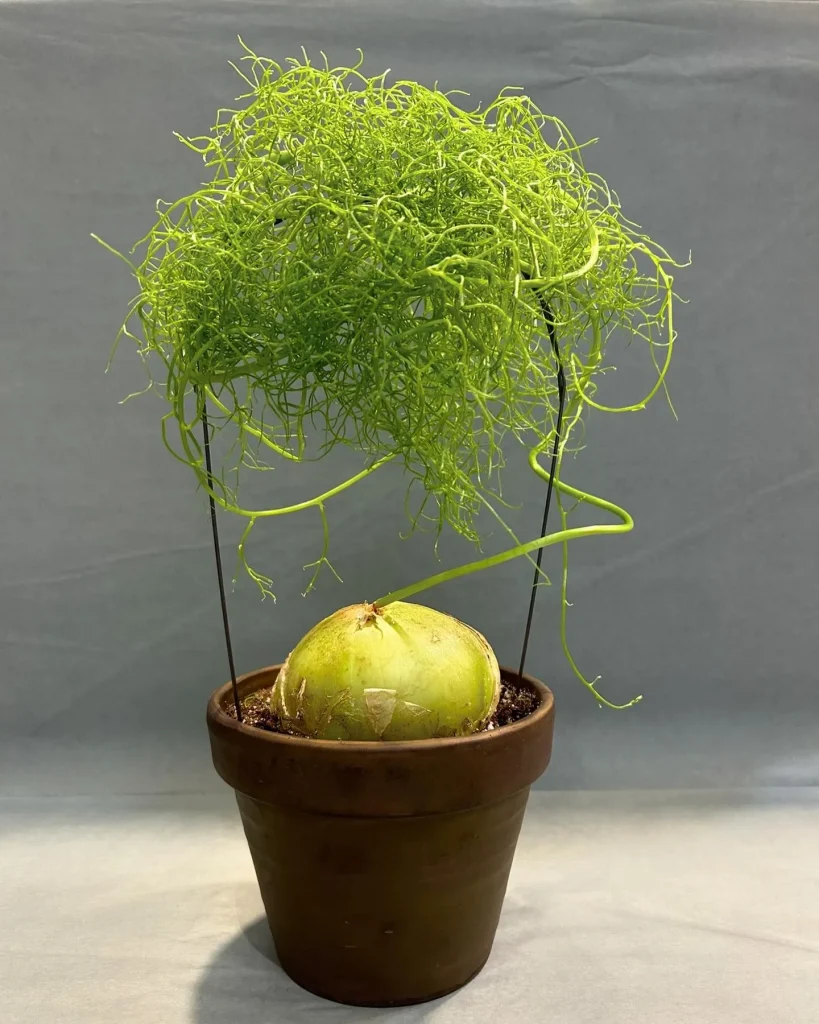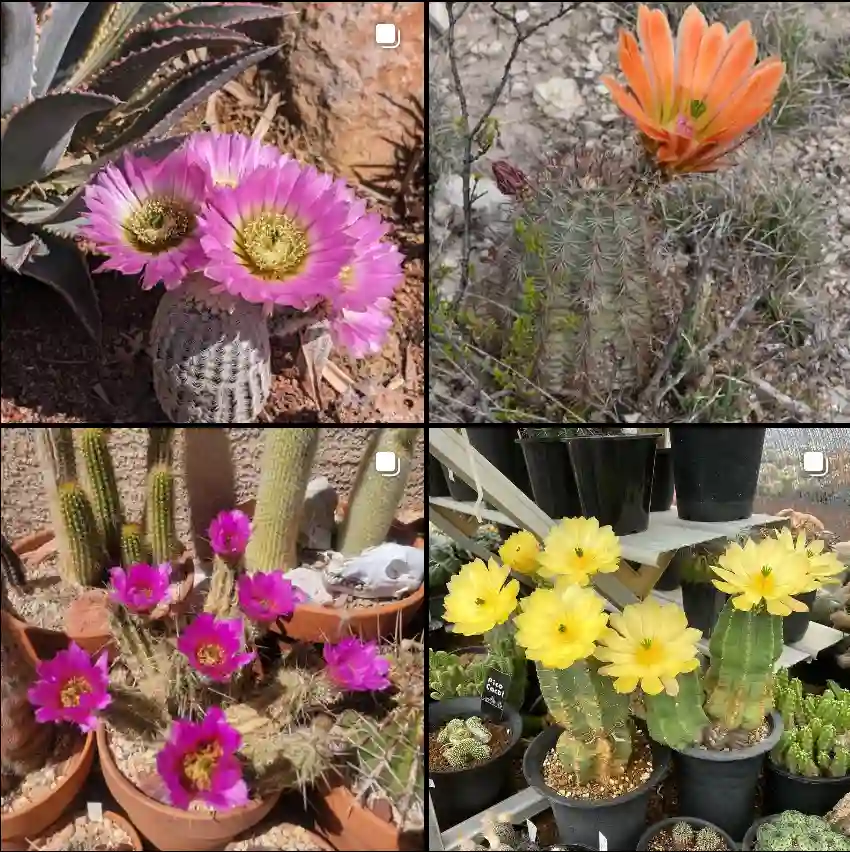Hintonia: A Deep Dive into a Fascinating Genus
My interest in the Hintonia genus began with a simple cup of tea. I was sipping a brew marketed for blood sugar control, and the primary ingredient listed was Hintonia latiflora. Curious, I delved deeper and discovered a world of fascinating botany and potential medicinal benefits. Here’s what I’ve learned about this intriguing genus.
What is Hintonia?
Hintonia is a genus of flowering plants belonging to the Rubiaceae family, more commonly known as the coffee, madder, or bedstraw family. This puts it in good company, as this family boasts economically important species like coffee (Coffea) and quinine (Cinchona).
These plants are typically found in the tropical regions of the Americas, from Mexico down to South America. They often present as shrubs or small trees, characterized by their opposite leaves and tubular flowers that often bloom in clusters.
Species within the Hintonia Genus
While the exact number of species can vary depending on the source, here are species within the Hintonia genus:
- Hintonia latiflora: commonly called “Copalchi” or “Mexican cinchona,” is a small, deciduous tree found in arid regions of Mexico and Central America. Known for its bark, traditionally used in Mexican folk medicine, this tree is often valued for its potential benefits in regulating blood sugar. Its bark has a bitter taste due to its compounds, like flavonoids and coumarins, which are thought to contribute to its medicinal properties. The tree itself is drought-resistant, with wide, glossy leaves that give it an ornamental appeal. Plant FAQs: Hintonia Latiflora – Cure for the Dandy
- Hintonia lumaeana: is a lesser-known species that also hails from Mexico, where it thrives in dry, low-elevation areas. This species is admired for its small, white flowers that bloom in clusters, providing a pleasant contrast to its dark, leathery foliage. Its environmental adaptations make it a hardy plant in drought-prone conditions, and while its medicinal uses are less well-documented than H. latiflora, it contributes to the ecological diversity of its native scrublands and dry forests.
- Hintonia octomera: is unique for its eight-part floral structure, which sets it apart from other species in the same genus. This shrub-like plant is also native to dry regions of Central America, adapting well to sandy or rocky soils. Its small stature and intricate flowers give it an understated beauty, and its resilience to harsh conditions makes it a candidate for xeriscaping. While not widely studied for medicinal uses, it is of interest to botanists due to its specialized floral characteristics.
- Hintonia standleyana: is recognized for its robust form and relatively large leaves compared to others in the Hintonia genus. This species is native to tropical and subtropical forests, often found in slightly more humid regions compared to its drought-adapted relatives. Its thick, durable leaves are designed to retain moisture, and it produces small, fragrant flowers. While not traditionally utilized for medicinal purposes, it plays an ecological role by providing shelter and shade in its native habitats.
It’s worth noting that botanical classification is an ongoing process, and new species may be discovered or reclassified in the future.
Traditional Uses and Modern Research
Hintonia has a history of use in traditional medicine, particularly among indigenous communities in Mexico and South America. Hintonia latiflora, for example, has been used for centuries to manage blood sugar levels, gastrointestinal issues, and even malaria.
Modern research has started to explore these traditional uses, and some promising results have emerged. Studies suggest that extracts of Hintonia latiflora may indeed help regulate blood sugar levels and have anti-inflammatory properties. However, more research is needed to fully understand the mechanisms of action and potential therapeutic applications.
The Chemistry of Hintonia
The medicinal properties of Hintonia are likely due to its diverse phytochemical composition. Researchers have identified various compounds in Hintonia species, including:
- Coumarins: Known for their anti-inflammatory and antioxidant activities.
- Triterpenes: A class of compounds with diverse biological activities, including anti-inflammatory, antiviral, and anticancer effects.
- Phenolic acids: These compounds are potent antioxidants with potential health benefits.
This complex chemical makeup is likely what contributes to the observed effects of Hintonia in traditional medicine.
Cultivation and Conservation
As interest in Hintonia grows, so does the importance of sustainable cultivation and conservation practices. Overharvesting of wild populations could threaten the long-term survival of these valuable plants.
Cultivating Hintonia can be challenging, as the plants have specific habitat requirements. Research into propagation techniques and sustainable harvesting methods is crucial to ensure the continued availability of Hintonia for future generations.
The Future of Hintonia
Hintonia represents a fascinating intersection of traditional knowledge and modern science. While preliminary research is encouraging, further investigation is needed to unlock the full potential of this genus.
I believe Hintonia holds promise for the development of new and effective therapies for various health conditions. With continued research and sustainable practices, Hintonia could become a valuable resource in our pursuit of health and well-being.
If i die, water my plants!



